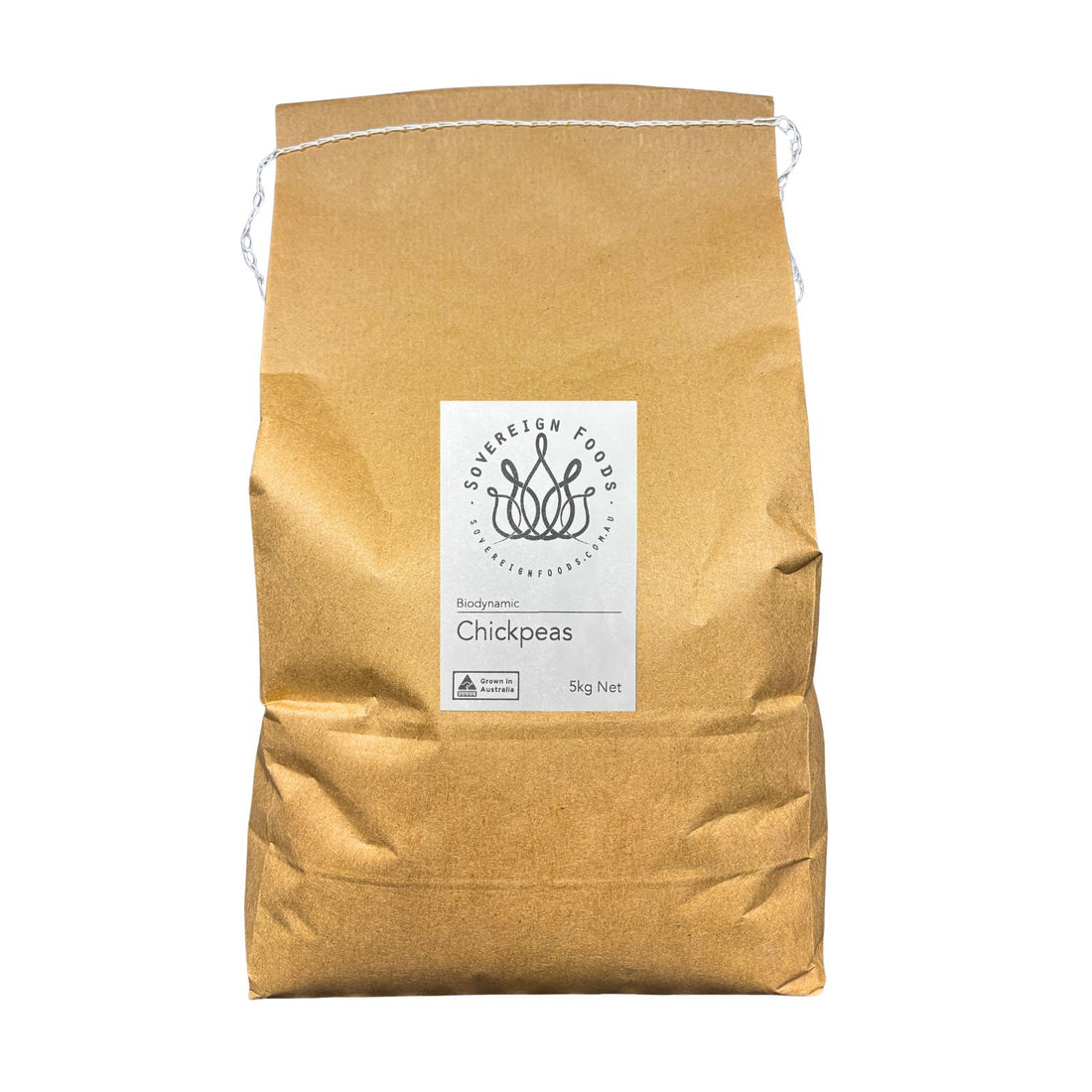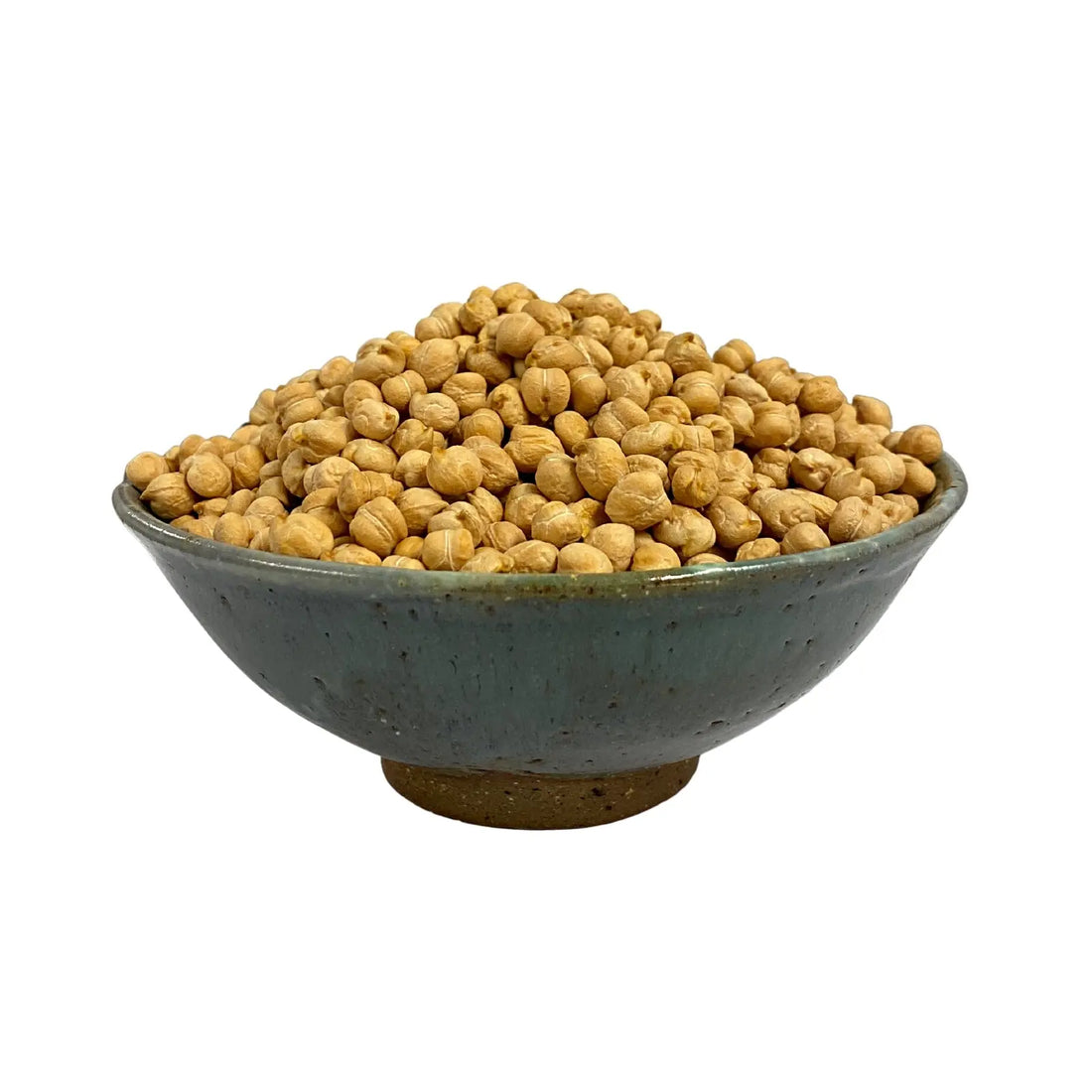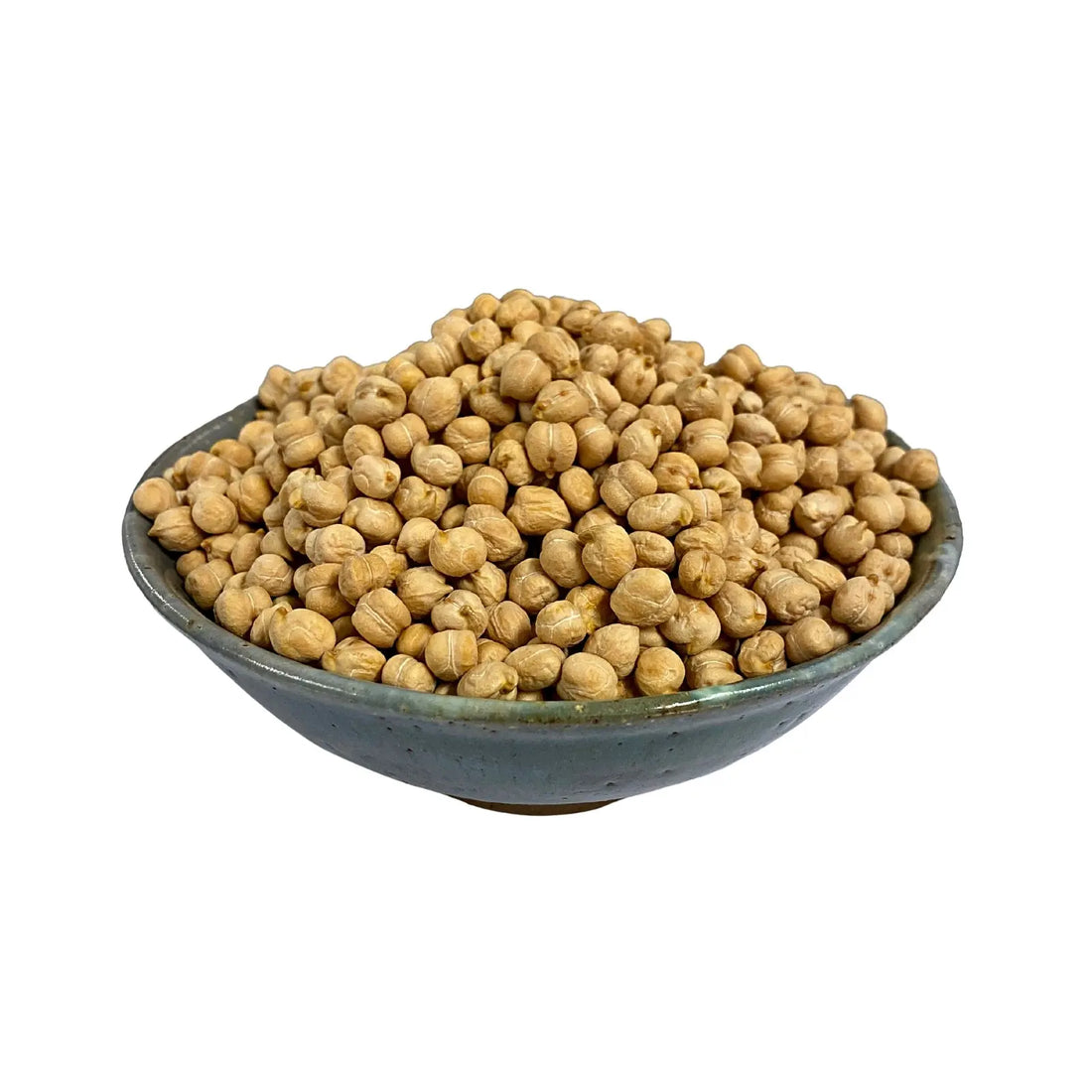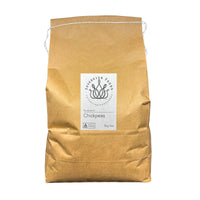
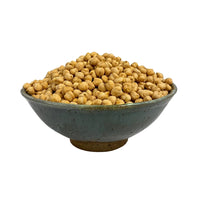
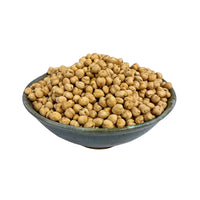
These Australian-grown organic white chickpeas come from Kym and Neil Sullivan’s regenerative farm near Toowoomba, Queensland. Naturally adapted to the dryland climate of the Darling Downs, these legumes are a staple pantry item that deliver creamy texture, nutty flavour, and incredible versatility. Whether you’re making hummus from scratch, crisping them in the oven, or adding body to curries and stews, these chickpeas are a nourishing, homegrown alternative to imported pulses.
About the Growers
Kym and Neil Sullivan are long-time organic farmers dedicated to sustainable broadacre cropping. Their certified organic farm in the rich black soils of Queensland’s Darling Downs region specialises in legumes and ancient grains that thrive without synthetic inputs or irrigation. The Sullivans focus on soil health, biodiversity, and low-input farming methods that work in harmony with the seasons — making their pulses not just chemical-free, but deeply connected to place.
Learn more about Kym and Neil → Meet the Grower
What are White Chickpeas?
White chickpeas (also known as kabuli chickpeas) are the larger, creamy-skinned variety most commonly found in Mediterranean and Middle Eastern cuisines. Compared to the smaller, darker desi chickpeas used in Indian cooking, kabuli chickpeas are prized for their mild, buttery flavour and smooth texture once cooked.
These chickpeas are dried whole legumes and require soaking before use. Once prepared, they hold their shape well and offer a satisfying bite — perfect for both slow simmering and crisp roasting.
Culinary Uses
Chickpeas are a culinary chameleon — mild in flavour and excellent at carrying spices. Use them in:
-
Hummus and dips
-
Soups, stews, and curries
-
Salads with lemon, parsley, and olive oil
-
Oven-roasted with spices for snacks
-
Pasta sauces or grain bowls for added protein
-
Baking (think blondies or flourless cakes) with chickpea flour made at home
To prepare: soak overnight, then simmer for 60–90 minutes until tender (or 10 minutes in a pressure cooker)
Why We Love Them
-
100% Australian grown and packed
-
Certified organic and chemical-free
-
Dryland farmed with no irrigation
-
Mild flavour and creamy texture
-
Versatile, satisfying, and nutrient-rich
-
A pantry essential — fresher and better than tinned
FAQs
Are these chickpeas certified organic?
Yes. Lym and Neil are certified Biodynamic through Southern Cross Certified. They are grown and harvested under full certification, without synthetic fertilisers, pesticides, or herbicides.
Do chickpeas need to be soaked before cooking?
Yes. We recommend soaking overnight (or at least 6 hours) in plenty of water. Drain and rinse before simmering.
What’s the best way to store chickpeas?
Store in an airtight container in a cool, dry place. For long-term storage, you can refrigerate or freeze them to preserve freshness.
Can I grind these into chickpea flour?
You can, but it wouldn't be besan flour. Besan is made from desi chickpeas, which we are currently unable to source. But you can use chana dahl (which a bit better as it doesn't have skin). But if you would like to try white chickpea flour, you can grind them in a high-powered blender
Are these chickpeas suitable for sprouting?
They are whole and viable, so yes — under the right conditions they can be sprouted.
How do I sprout chickpeas?
To sprout chickpeas, start by rinsing them well and soaking in plenty of water for 8–12 hours. Drain and rinse, then transfer to a clean sprouting tray. Rinse and drain twice daily, keeping them in a cool spot out of direct sunlight. Tiny sprouts will emerge within 1–3 days. Once sprouted to your liking, give them a final rinse and store in the fridge. Use within 2–3 days for best freshness — perfect for tossing into salads, wraps, or grain bowls.
Product repacked by Sovereign Foods in compostable bags.
Our Bags are made from brown recycled paper and have a 100% natural corn-based compostable biofilm. All you need to do is pop off the label before you put it in your compost (We are looking for a cost-effective compostable solution to our labels). These bags are a good short term but are not completely airtight. When you get your goodies home, be sure to pop your products into a jar and store them in a cool, dry place out of sunlight. You can reuse these bags around the house as a short-term solution to keep things dry and reduce air contact.
Weight:
Dimensions: x x
Product packed in a facility using equipment Shared with products that contain Nuts, Soy and Gluten
Growing Methods:


